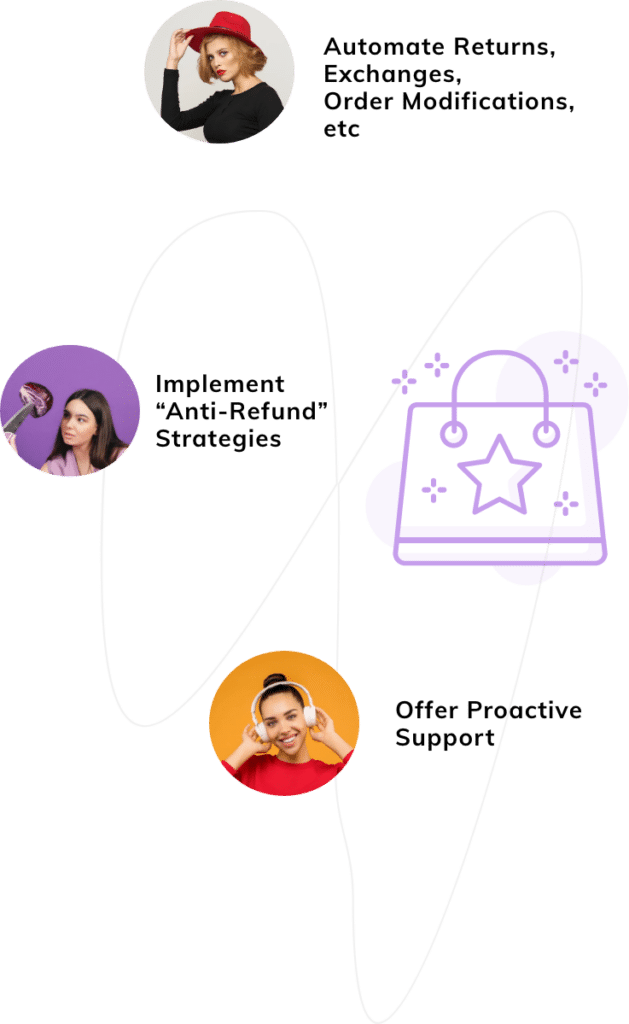Last Updated: April 2024
Product sourcing is the first and most crucial step that any aspiring eCommerce entrepreneur focuses on. While picking a valuable product may seem simple on the surface, it is much more complicated in reality.
Sourcing products of good quality at fair prices that potentially provide good margins involves a lot of research and a fair bit of trial and error. This process is especially true if you are just starting out.
Therefore, we’ve curated this comprehensive guide on eCommerce product sourcing to assist you in kickstarting your journey into the world of online retail. Keep scrolling to know more.
What is the Definition of Product Sourcing?

The definition of Product Sourcing tells us that it’s a process of identifying valuable products from suppliers to procure and sell to interested buyers. However, within that term lie several different stages such as researching trends, finding suitable products to cater to that trend, setting up suppliers, and determining the cost of the product. The ultimate goal of the product sourcing process is to identify the best products and deliver them to interested buyers while making a worthwhile profit.
While the process flow of sourcing products seems straightforward, there are numerous areas of concern one should be aware of. Product quality control, shipping times, inventory management, supplier reliability, hidden costs, import taxes are some of the factors that can gravely impact your business. Let’s take a look at how we can avoid all of these pitfalls when sourcing products to sell and choose a winning product.
How to Source Products?
When it comes to sourcing products to sell, a crucial aspect is identifying them. You may wonder, well, how can we identify products that we don’t know about?
This is where trends come in. There are many tools to identify and predict trends; the following are some popular choices:
- Trend Hunter: Trend Hunter is one of the most popular online trend-seeking tools that uses active global community members and AI to discover upcoming trends and derive insights.
- Google Trends: Google Trends is another free tool that can help you identify the popularity of topics and phrases, which can help you formulate an idea of what’s prevalent, with specific demographics around different locations worldwide.
While those tools are for trends, if you are looking for particular products that are already being sold by other sellers, you may want to look at these sites:
- AliExpress: AliExpress is a popular wholesale marketplace catering to a global audience. You can find products that are in vogue through their most bought section.
- Etsy: Etsy is a unique entrant on this list as it is a marketplace that focuses on the sale of handmade products. They also have a trending tab to find all popular products on offer.
Click here to check out seven essential online communities for merchants.
How to do Product Sourcing
When it comes to the product sourcing process, apart from your endeavors, various other aggregators can deliver you a winning product.
Some of the most common options are listed below:
- Product Sourcing Websites: These best product sourcing websites are third-party, offering a variety of in-demand products.
- Manufacturer sourcing: It is the process of directly contacting the manufacturer to place orders for your product.
- Souring agents: Sourcing agents are professionals who act as an intermediary between you and several companies to help you source products that meet your unique requirements and constraints.
- B2B portals: A B2B portal enables your business to forge and manage relationships with different partners, distributors, and customers from its B2B platform. It also serves its users with catalog listing and backend support.
- Product sourcing companies: This is pretty self-explanatory. product sourcing companies help you source products based on your requirements and constraints and acts as an intermediary between your business and suppliers/manufacturers.
- Product Sourcing Software: Streamline your sourcing process with efficient digital solutions tailored for finding the best products to sell.
Don’t worry if it all seems a bit too much; basically, all of these options are product aggregators who can assist you in sourcing products and managing your supply chain from reliable vendors for a sizable fee.
Check out our article on store traffic generation here.
How to Source Products through Potential Suppliers/Manufacturers?

Once you have figured out the trend pattern, finalized the product, and chosen a sourcing method for the product, it’s time to contact a vendor. Now, ideally, a face-to-face meeting is a great way to get your idea across, but if distance or language barrier is a factor, an email will suffice too.
Considering that you have vetted the authenticity and reputation of the vendor, here’s a gist of what you have to check in with the vendor –
- Introduction: Identify yourself and your business.
- Product Sourcing: Explain clearly and in detail, what product you are looking to source from the vendor.
- Order Details: Let the vendor know the order size and delivery timeframe.
- Pricing Structure: Request a pricing structure with a complete breakdown and their minimum order quantity.
- Return & Refund Policy: Check on their return and refund policy (if applicable)
- Shipping & Carrier Info: Request information on the shipping options they offer and the carrier.
Customer Service & Contact: Enquire about their customer services and get complete contact details.
Check out how you can develop an effective customer engagement portal here.
6 Bonus Tips on Products Sourcing
1. Request samples:
Quality is key to ensuring success with this endeavor. Many vendors have quality control issues that can ruin your hard work and planning. So, request multiple product samples before commencing full-scale production to ensure you have a good idea of what you are getting.
2. Price it right:
Price is vital if you wish to make this a sustainable business model. Conduct research on the market and find a suitable price that is fair to yourself and your customers.
3. Hyper-target your audience:
Marketing your product is a challenging experience; you may be tempted to cast the broadest net possible to capture a large chunk of takers. However, that approach may not be the most effective; instead, hyper-target your audience to bag the perfect buyer looking for your product. This brings the cost down and yields better results.
4. In-depth research:
We cannot stress this enough, as there is no one-size-fits-all approach; please conduct thorough research on the trend, market, vendor, and buyer before committing financially.
5. Contact multiple suppliers:
Product suppliers are abundant across the globe, ensure that you contact a handful of them before signing the dotted line.
6. Question everything:
While it may be thrilling to rush into the market and get the gears moving, you must know every aspect of it inside out. Be it vendors, shipping, marketplace, question everything and everyone. Make sure you know everything there is to know.
Final Thoughts on Product Sourcing
Product sourcing for eCommerce isn’t as easy as it may seem on the surface; the work doesn’t stop even after you find the product and establish a consistent supply chain with a supplier. You should constantly monitor your supply chain for any areas of improvement and always be on the lookout for picking up new products and establishing relationships with suppliers to enhance your offering.
In essence, buyers and the market as a whole are constantly evolving, and as a business, you should also keep pace with it to develop your brand and improve your presence in the long run.
On that note, we conclude this guide to product sourcing; we hope that you have gotten a clear idea of the process that goes into sourcing products and encourage you to take the first step in the world of eCommerce.
While you’re here, check out Helplama’s zero-risk, fully-managed customer support here. Also, try Saufter – the customer service software that can help you automate and scale your customer support.









